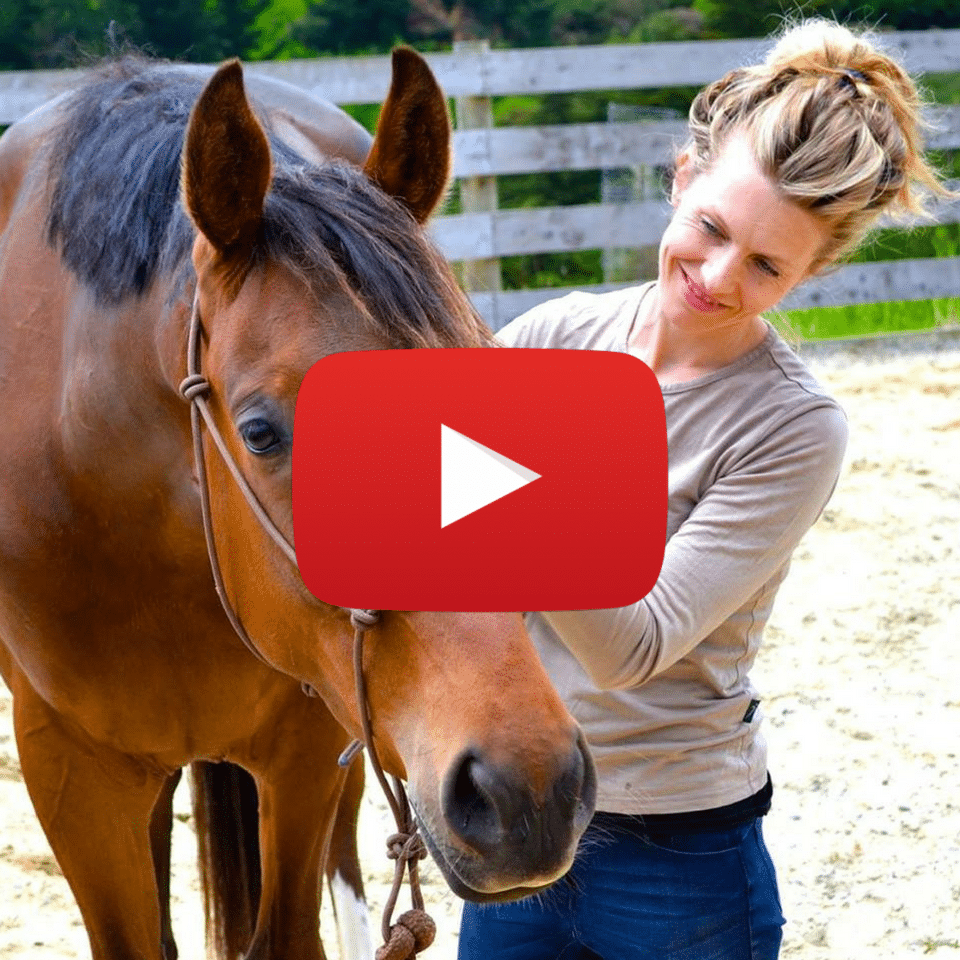The subject of core strength and how to properly use and train our abdominal muscles get a lot of airtime when it comes to conversations around seat and position.
Typically, when we think of the breath and what is labeled as a full, diaphragmatic breath, this area is heavily recruited also, as we draw the belly button in on the inhale and allow it to release on the exhale.
But what happens to the rest of the body when we engage the abdominal muscles in this way? How does it affect our pelvis and our seat?
From a nervous system perspective, the stability of the abdominal muscles is necessary to preserve the space between the bottom of the ribs and the top of the pelvis, so the integrity of the lumbar spine can be preserved, and the fascial trains can slide.
When I contract the abdominals, so the belly button gets pulled in, I now force my pelvis into a posterior tilt and prevent the two sides moving independently.
As a result, instead of the fascial trains moving and sliding to power movement, the lumbar spine gets to work, moving in and out of the tube of the body to allow us to move through space, and causing compression of the vertebral bodies, with a shortening on one side and a lengthening on the other.
In this video, we take a brief at the connection points of the abdominal muscles to the pelvis, the superficial front line fascial train and the role your nervous system plays in your biomechanics. There is so much more to discuss here but hopefully this provides a start point to see how some of your current movement habits might be hindering rather than helping.
Onwards.
❤️ Jane
If you are interested in joining me for my membership, you can check it out or jump in here!

